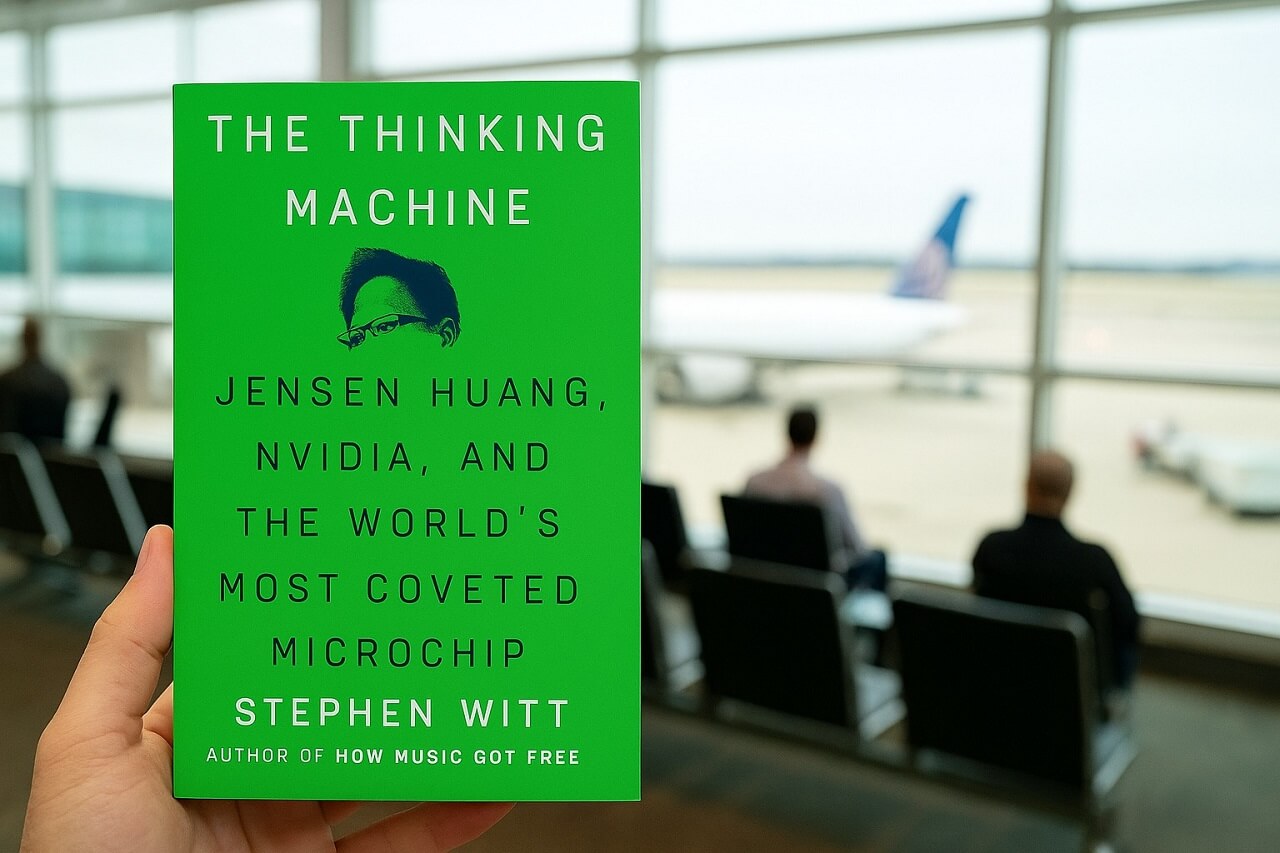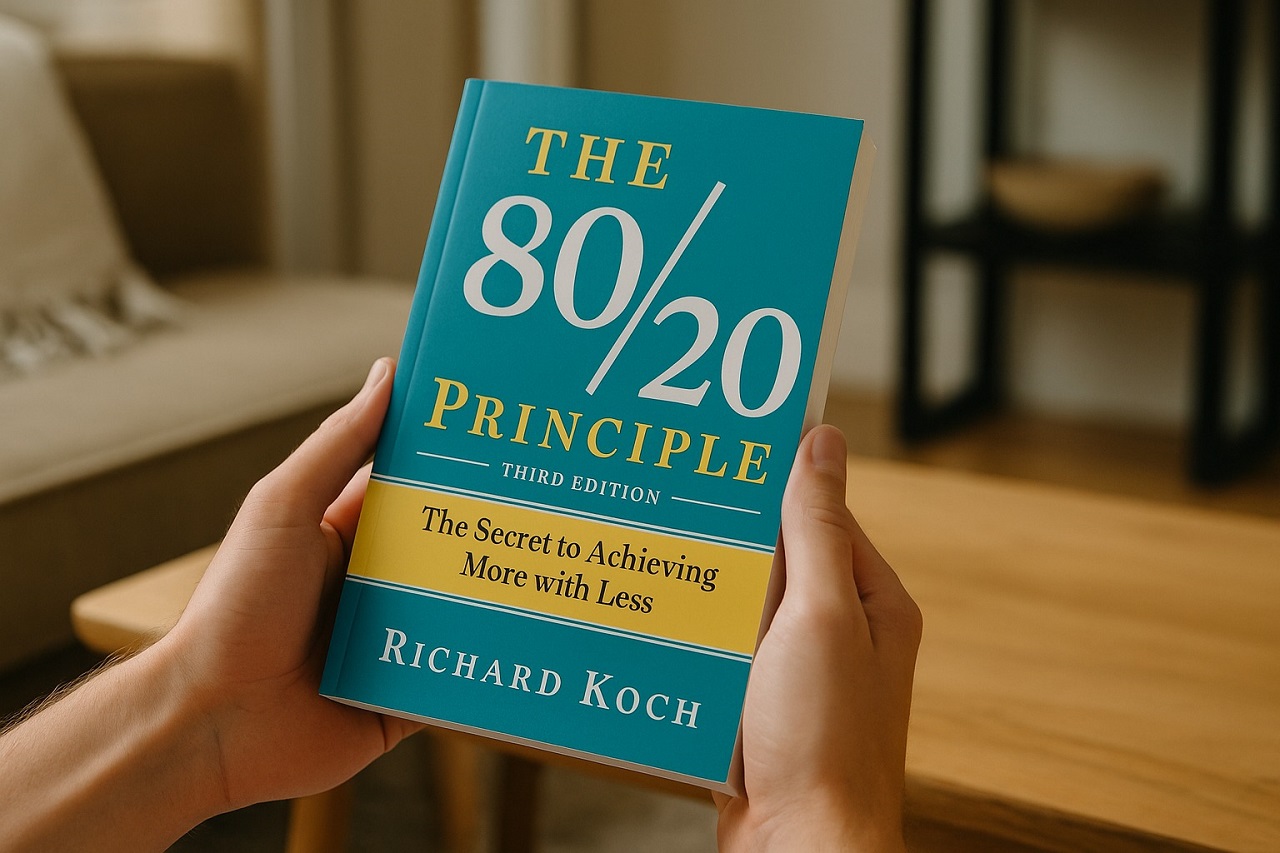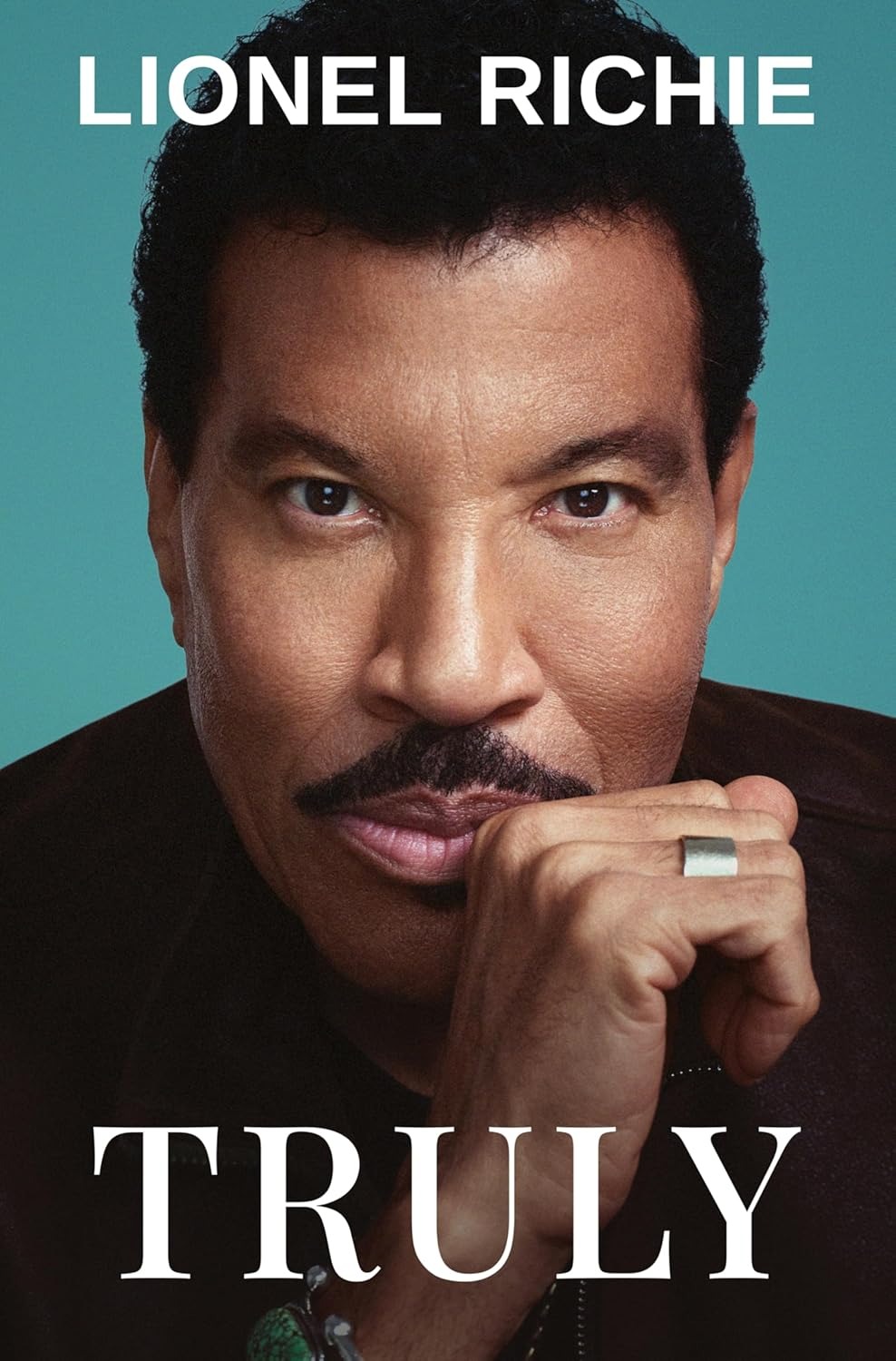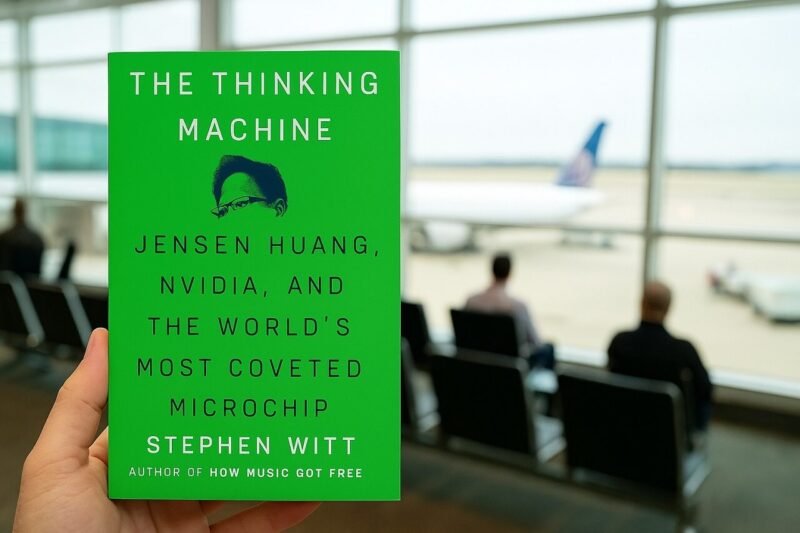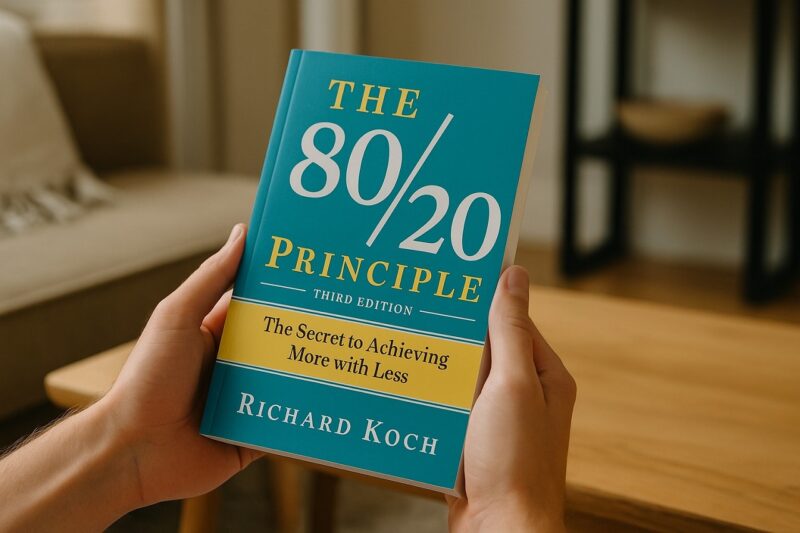
Share Post:
You’ve written a book, or maybe you’re in the middle of one, and you want to get it out into the world. No gatekeepers. No endless waiting. Just you, your words, and readers who need them.
That’s where self-publishing comes in. It’s not some backup plan anymore. It’s a powerful, legitimate way to launch a writing career and keep full control while you’re at it.
But let’s not sugarcoat it: self-publishing isn’t just clicking “upload” and hoping for the best. It takes time, money, planning, and hustle. If you’re serious about doing it right and making some real sales, this guide lays out the path, step by step.
Table of Contents
ToggleWriting a Book That Sells

Before you even think about publishing, you need a book worth reading. Not just something you love, but something others will want to buy.
Study Your Genre
Crack open the top 10 books in your category. Are you writing cozy mysteries? Dystopian sci-fi? Personal development? Study how the bestselling titles are structured, titled, and paced.
If you’re aiming for readers who binge Colleen Hoover or Neil Gaiman, you need to know what those readers expect.
Know Your Reader
Ask yourself: Who is this book for? Be specific. Not just “people who like thrillers,” but maybe “women in their 30s who loved Gone Girl and listen to true crime podcasts.”
Once you know who you’re writing for, every decision, from dialogue to chapter length, becomes clearer.
Build a Routine
Writing consistently is more important than writing perfectly. Even one hour a day adds up fast.
Tools like Scrivener or even a plain Google Doc can help keep things organized. Revise ruthlessly. Get it into solid shape before you even think about what comes next.
If you’re stuck or need a creative push, an AI story generator can help spark plot ideas or even break writer’s block.
The Editing Phase

No matter how good your first draft is, it’s not ready yet. Editing transforms decent writing into something sharp, compelling, and professional.
Start with Self-Editing
Read your manuscript out loud. You’ll catch clunky sentences and pacing issues fast. Make notes on anything confusing, repetitive, or dull. Trim the fat.
Bring in Beta Readers
Find 3 to 5 people you trust, not just friends, who’ll say it’s “great.” Ask them for honest feedback on plot, character arcs, flow, or anything that made them stop reading.
If your book touches on specific cultures, identities, or experiences, consider hiring sensitivity readers.
Hire a Professional Editor
This is where the investment really starts. Expect to spend:
| Editing Type | Cost Estimate | Focus |
| Developmental Editing | $1,000–$2,000 | Story structure, plot holes, pacing |
| Copyediting | $30–$55/hour | Grammar, style, consistency |
| Proofreading | $26–$40/hour | Final polish before publishing |
Sites like Reedsy, Upwork, or the Chartered Institute of Editing and Proofreading can help you find trusted professionals.
Design

People do judge a book by its cover. That’s not just a saying, but sales psychology.
Cover Design
A quality cover can make the difference between a scroll-past and a click. Hire a designer who knows your genre. Expect to pay around $500 to $800 for something that looks like it belongs on a bestseller shelf.
Damon Za is a great place to start. For those on tighter budgets, tools like Canva or Adobe Express are usable, but don’t expect miracles.
Interior Formatting
Your ebook and print versions each need proper formatting. Font sizes, margins, headers, and spacing must be flawless.
Options:
- Reedsy Studio (free and user-friendly)
- Vellum (for Mac, great for formatting)
- Hire a pro: $250 to $750, depending on complexity
If you’re publishing nonfiction with charts or illustrations, don’t skimp here.
Metadata
Think of metadata as your book’s resume. It’s how it shows up on Amazon and other stores.
Craft a Great Title and Subtitle
Use the PINC method:
- Promise: What will the reader get?
- Intrigue: Make them curious.
- Need: Solve a problem or emotional itch.
- Content: Be clear about what’s inside.
Write a Compelling Description
Think 150 to 300 words. Hook your reader, highlight the stakes, and sneak in keywords naturally.
BISAC Codes and Keywords
Pick three BISAC categories that match your content. Then add 5 to 7 keywords readers might search. Tools like Publisher Rocket can help you find what’s trending.
ISBNs
Each format, ebook, paperback, and hardcover, needs a unique ISBN. Buy them from Bowker ($125 for one or $295 for a pack of 10). Never rely on free ISBNs if you want to retain full control.
Publishing Platforms

Different platforms offer different perks. Here’s a quick breakdown:
For Ebooks
| Platform | Royalties | Notes |
| Amazon KDP | 70% (for $2.99–$9.99) | Largest market, ads available |
| Apple Books | 70% | Great for Apple users |
| Kobo | 70% | Big in Canada, Europe |
| Draft2Digital | Varies (minus 15%) | Distributes to multiple retailers |
Going wide through an aggregator like Draft2Digital can expand reach, but Amazon exclusivity (KDP Select) offers perks like Kindle Unlimited.
For Print Books

| Platform | Royalties | Benefits |
| Amazon KDP | 60% minus printing | Fast, great for Amazon shoppers |
| IngramSpark | Varies (lower cut) | Better access to bookstores/libraries |
Both offer print-on-demand, so you won’t need to order hundreds of copies upfront.
Pricing
Price your book to attract readers and make money.
Ebook Pricing
- $0.99–$2.99: Great for discoverability
- $2.99–$9.99: Earns 70% royalties on KDP
- Series pricing: Hook readers with a cheap Book 1, raise prices for sequels
Print Pricing
Calculate print costs, platform fees, and target royalty. For a 240-page paperback, $14.99 is a common price point. Always compare similar titles in your genre.
Marketing
Even the best-written book won’t sell itself.
Build an Author Platform
Set up a simple, clean website. Add a mailing list sign-up. Use social media where your readers hang out. TikTok is huge for YA fiction. Instagram works well for romance or poetry.
Plan Your Launch
- Send advance reader copies (ARCs) to influencers, bloggers, and reviewers
- Use tools like BookFunnel to distribute ARCs safely
- Encourage early reviews on Amazon and Goodreads
Advertising and Promotions
- Amazon Ads: Budget $5–$50/day
- BookBub Featured Deals: Pricey but powerful
- Social Media Ads: Facebook and TikTok can work well if targeted correctly
Plan to spend at least $1,000–$2,000 on your first major marketing push.
Distribution
Beyond Amazon, there are more ways to reach readers:
Ebook Stores
- Google Play Books
- Kobo
- Barnes & Noble Nook
- Apple Books
Print Sales
- Sell through Amazon and IngramSpark
- Offer signed copies through your own site (Shopify or Payhip work well)
- Work with indie bookstores or libraries
Track sales with dashboards on KDP, IngramSpark, or whatever distributor you use. Test what’s working and tweak your approach as needed.
Legal and Money Stuff
Costs
Let’s break it down:
| Category | Cost Estimate | Notes |
| Editing | $1,000–$2,000 | Depends on type and word count |
| Cover Design | $500–$800 | Genre-appropriate, professional |
| Formatting | $250–$750 | Print and digital |
| ISBNs | $125 or $295 (10-pack) | One per format |
| Marketing | $1,000–$2,000 | Ads, giveaways, outreach |
Total: $2,800–$5,300 for a professional launch
Royalties
- Ebooks: Up to 70% (depending on price and platform)
- Print: Around 60% minus print costs
Legal Structure
If you’re publishing multiple books or building a business, consider forming an LLC. It helps with taxes and offers liability protection.
Avoiding Scams
If someone promises bestseller status or charges $6,000+ for basic services, run. Always keep your rights. Always.
Find Your People

Writing can be lonely. Publishing doesn’t have to be.
Online Groups
Search for the #WritingCommunity hashtag. Join Facebook groups, subreddits like r/selfpublish, or IngramSpark’s author forums.
Offline Support
- Local writing groups
- Indie bookstore events
- Writer’s conferences
Crowdfunding
Sites like Kickstarter or Unbound can help you pre-sell your book, raise funds, and build a fanbase early. Kickstarter’s publishing category has a solid success rate, over 50% in some years.
Final Thoughts
Self-publishing isn’t a shortcut. It’s a real path with real work, real risks, and real rewards.
If you invest in your writing, polish your book with care, design it to compete with the best, publish smart, and market with intention, your book can succeed. You keep creative control. You keep a bigger cut of royalties. You set the tone of your author career from day one.
It’s not about overnight success. It’s about building something you own, word by word, reader by reader.
So write your book. Publish it well. And get it out into the world.
There’s someone out there who’s been waiting to read it.
Related Posts:
- 2025's Best Sales Books - Enhance Your Selling Techniques
- Top 10 Nordic Noir Books - Essential Crime Novels to Read
- Every Will Trent Book in Order - Complete Guide
- Harlan Coben Books in Order - Full Series List and Guide
- Ayn Rand Books in Order - A Complete Reading Guide
- Journey Through Kristin Hannah's Works - A…




